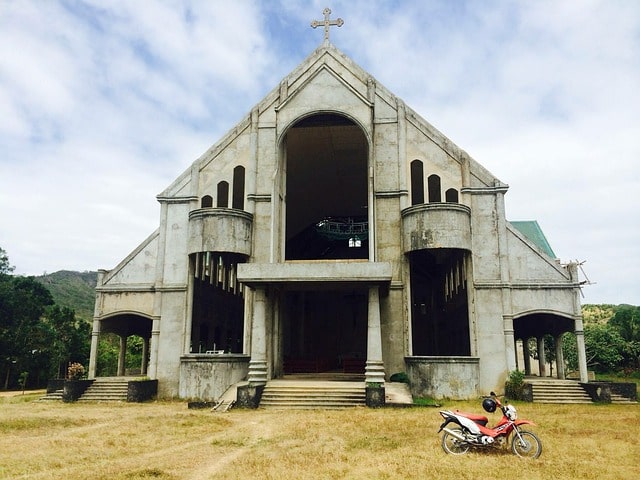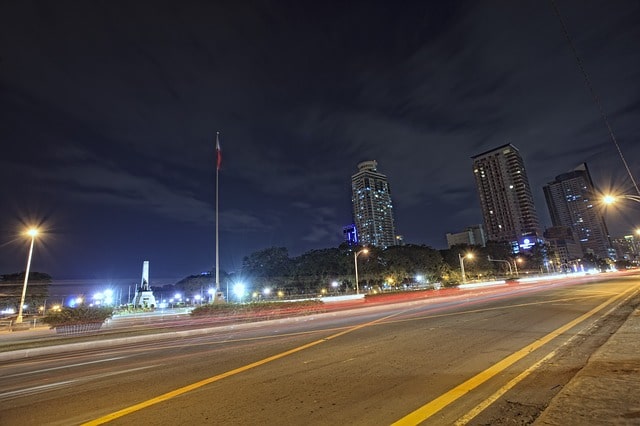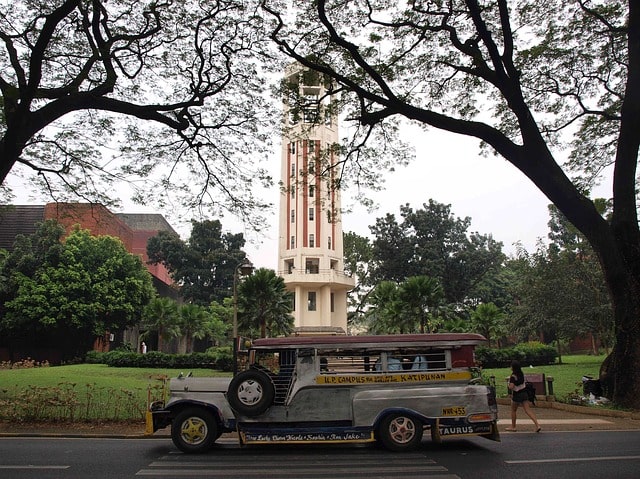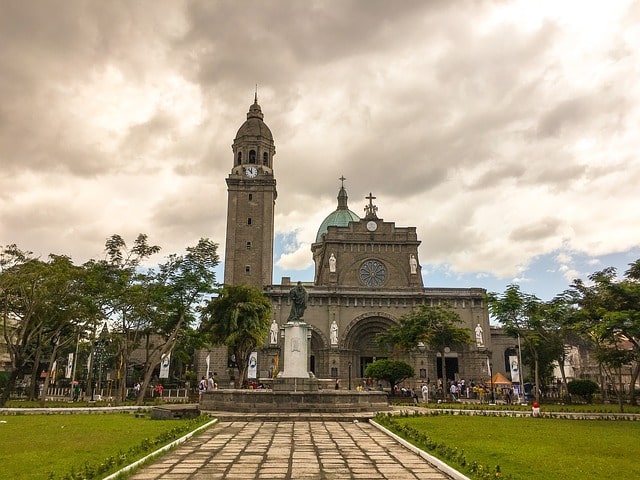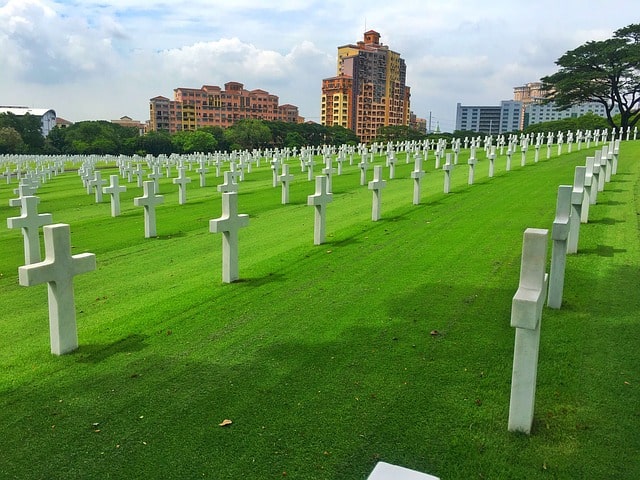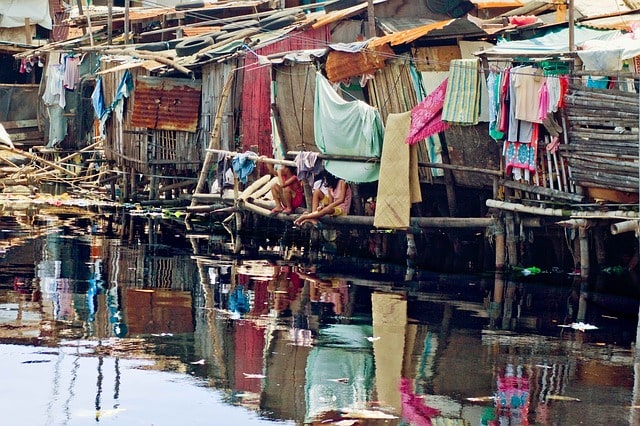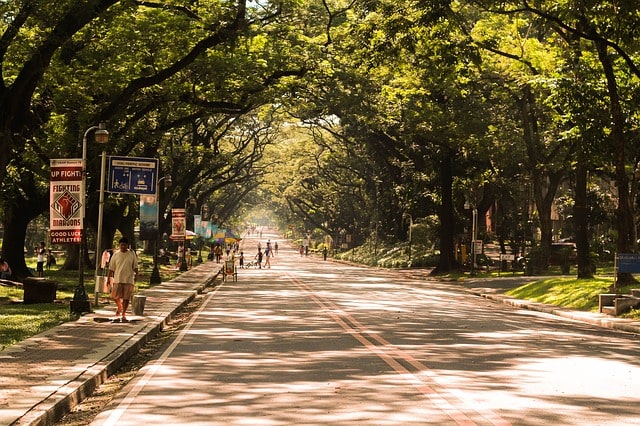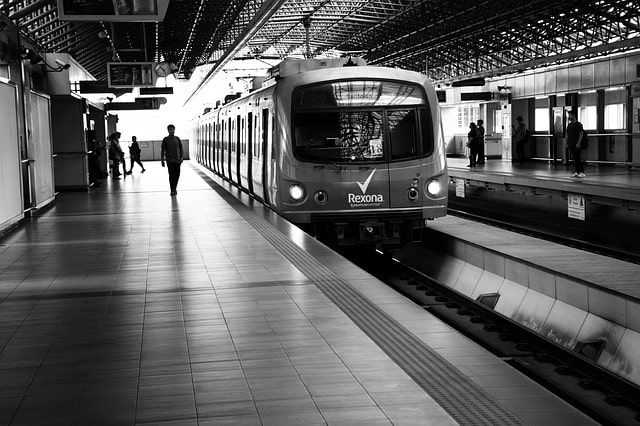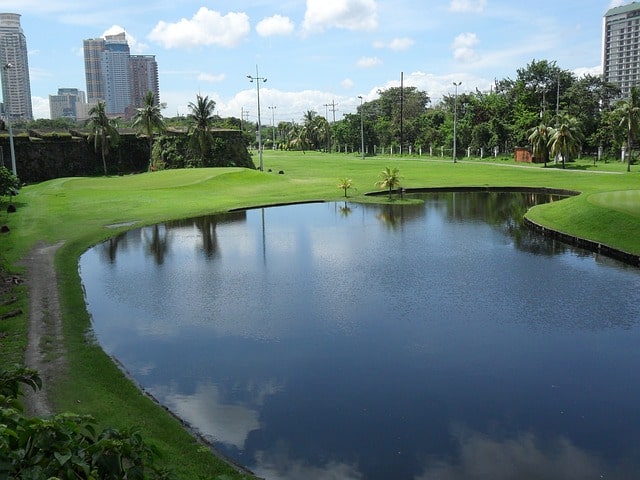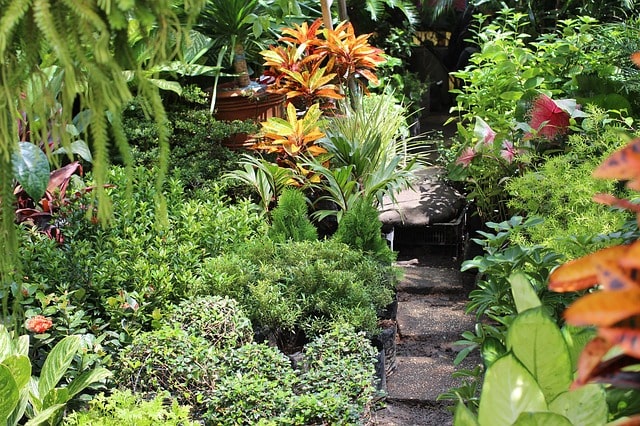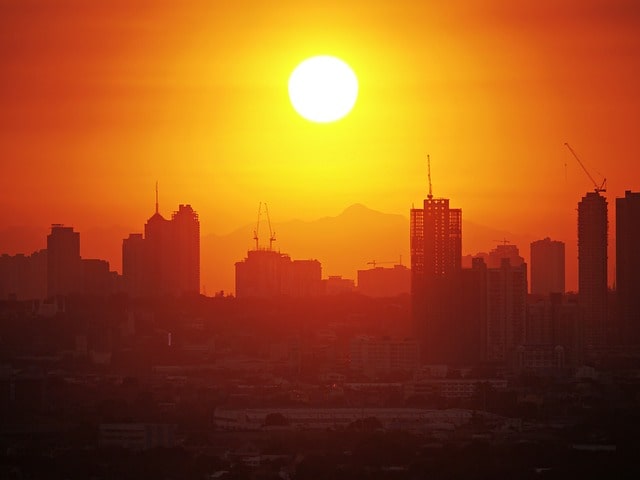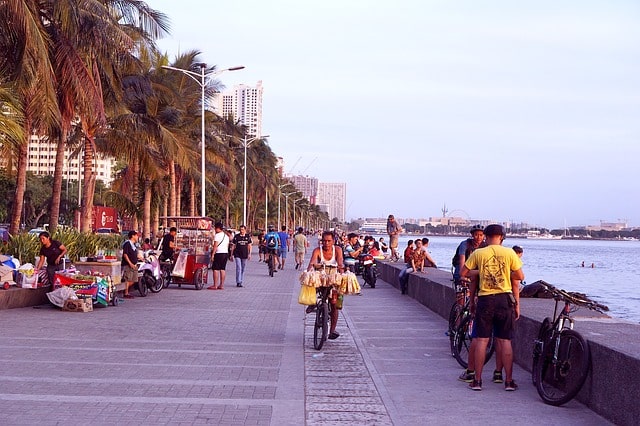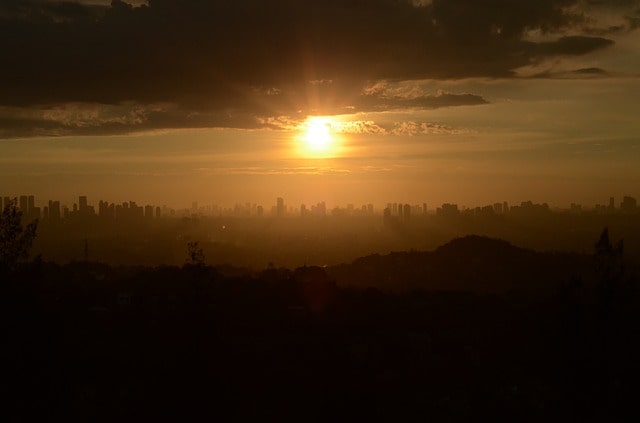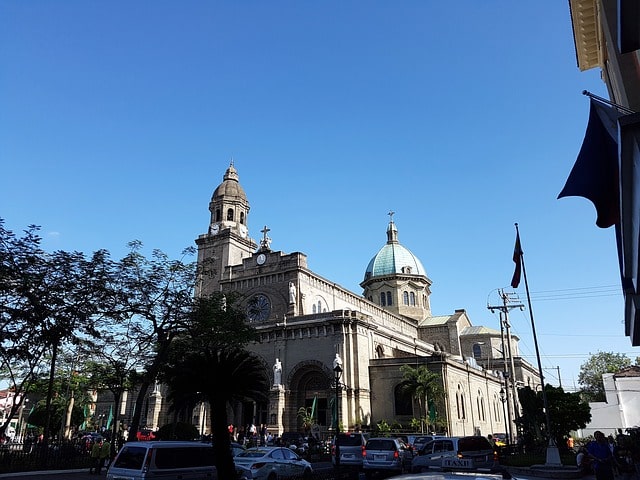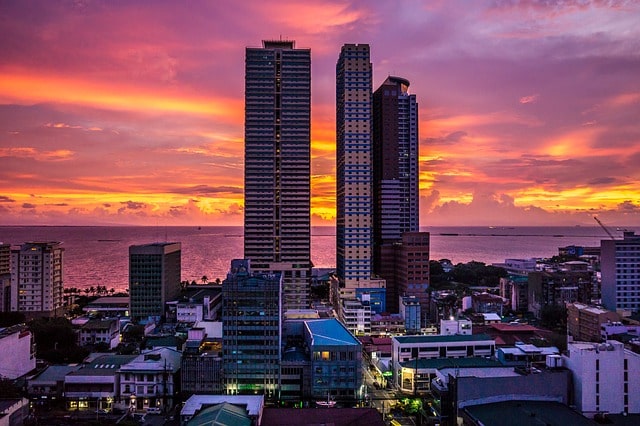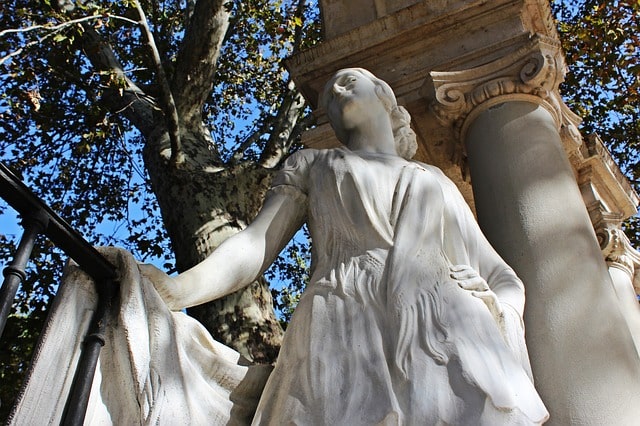Manila, the capital of the Philippines, is located on the island of Luzon; the largest and most densely populated island. 1.7 million people live in the city, but in the large urban area live more than 20 million people. Unlike most capitals in other countries, Manila is certainly not the best destination in the Philippines. It is a good place to shop and party, but there are no places that are really worth visiting. The city is also dirty and it is not safe everywhere, and therefore we recommend leaving this city fast.
Manila
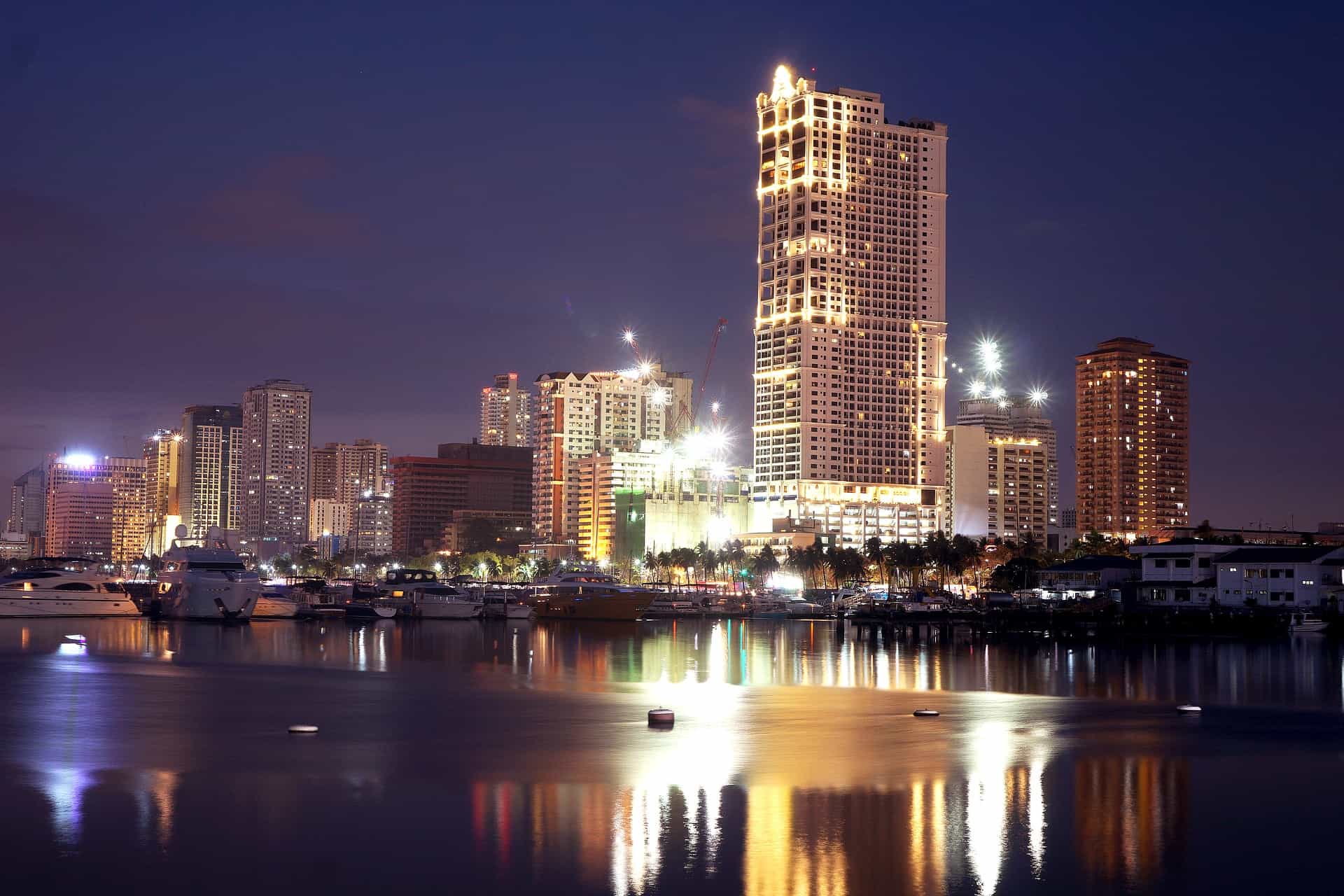
Manila in Luzon (Philippines)
Manila guide
What to do in Manila
Intramuros
The Spanish colonial walled area of Intramuros is an interesting place to walk and explore. The churches and schools built with complete Spanish influence make it difficult to believe that you are still on an Asian island.
Horse carriages with guides are available for a small fee, to take you and show you the main and important sites. However, the thick walls that surround it make Intramuros a pleasant environment to walk, since the traffic is very noisy. Visiting this area is one of the best things that can be done in Manila.
Manila Bay
A decent place to watch the sunset over Manila Bay or to let the kids run around, is directly outside the avoidable Asian mall. The large crowds can be daunting, but the sunset and the ice cream carts with their melodies are always worth it.
There are many good hotels around Manila Bay like Hotel H2O Manila among many others.
Fort of Santiago
Located inside the walled city of Intramuros in Manila is Fort Santiago, the oldest Spanish fortress in the Philippines. Strategically located near the mouth of the Pasig River, near Manila Bay, Fort Santiago was built in 1571.
Originally the site of a Muslim kingdom headed by Raja Sulaiman the area was destroyed by the Spanish and the fort was built and soon became the main defense fortress during the spice trade with the Americas.
Rizal Park
Rizal Park, also known as Luneta Park, is a historic urban park located in the heart of Manila, the capital of the Philippines. It is one of the most significant landmarks in the country that should not miss any local or foreign tourist who travel to Metro Manila.
The park is not only a cozy and relaxing place to spend time with family and friends, but visiting its 58 hectares will tour hundreds of years of Philippine history, from the Spanish period to the present.
The centennial Rizal Monument is probably the most famous, visited and photographed in the country. It houses the remains of the most famous national hero of the Philippines, Dr. José Rizal. A visit to the Rizal Park will give you the opportunity to honor Rizal and appreciate the national heritage that he left to the Filipinos. Being there will also give you the best position to assess whether the Manila Tower should be demolished or not.
San Agustin Church
San Agustin is the oldest church in the Philippines, originally built in 1571. The current building is the fourth version and was built only 17 years after the first. In the middle, the church was once destroyed by Chinese pirates and twice by fire.
Probably not a big surprise, since the first church was made with bamboo and the others with wood. This current structure, begun in 1587, is much more resistant and was built with much more resistant materials, such as stone. It has survived for more than 400 years through several wars and many natural disasters.
National Museum Filipino Village
A few steps from the National Gallery, on the opposite side of the Avenue of Finance, the absorbing National Museum of the Filipino People occupies what used to be the Finance Department Building, a majestic building of the Greek Renaissance completed in 1940.
Much of the valuable collection of exhibits has been recovered from wrecks, among which the San Diego, a Spanish galleon that sank on the island of Fortune in Batangas after a battle with the Dutch in 1600. Recovered in 1992 , the ship surrendered more than five thousand objects, not all intrinsically valuable: you will see chicken bones and hazelnuts from the ship's store, as well as tons of Chinese porcelain, storage jars, rosaries and silver cups.
Other rooms contain objects from Chinese scrap, dating back to the early eleventh century, which is convincing evidence of trade links that existed long before the arrival of the Spaniards.
Food in Manila
Manila is a city of strong contrasts. The cultural mix with clear North American influence but still maintains the memory of its Spanish past, the coexistence between rich and poor separated by few meters, the traditions that still survive in the capital as opposed to the modernity of being the economic center of Asia they taste their gastronomy.
If we want to dive into the true culinary culture of the country, your first stop should be the street food stalls. In 2017, the International Street Food Congress was held in Manila, where the 50 best street food restaurants were awarded.
There is Filipino food for all kinds of tastes, from suckling pig, fish, seafood, almost always accompanied by rice. If we feel especially intrepid, we can taste the most famous dish of Filipino cuisine, the balut. The balut is a fertilized duck egg with its embryo still inside.
It is also to highlight the market of Salcedo, in the city of Makati, where international dishes are prepared and offers vegetarian options.
Accommodation in Manila
If what we are looking for is a cheap accommodation, the best option is probably to stay in the district of Malate. This district is known for its restaurants and nightlife areas and is located very close to the Ninoy Aquino International Airport. In addition to the value of being located in a leisure area, it will not be difficult to find a hostel where you can spend the night at affordable prices.
An example is Where 2 Next, a hostel that offers services such as laundry, luggage storage, and smoking area.
In case of looking for a quieter option and a more relaxed type of leisure, two good options would be the cities of Makati or Pasay City.
Makati
Makati is one of the most outstanding financial districts in Asia and offers a wide gastronomic and hotel offer.
Pasay City
Pasay City is recommended for a more relaxed and contemplative leisure. It is a residential neighborhood, near the airport and where the López Memorial Museum and Library is located where we can see different samples of Filipino art.
Both cities are part of the 16 cities that make up Greater Manila, also called Metro Manila; quintessential tourist center of the Philippines. They are also located near the airport.
Finally, an option if we do not worry about money, would be Manila Hotel. It is located about 700 meters from Intramuros and about 900 meters from Manila Cathedral. Account with infinity of services like Spa, gymnasium, laundry and center of businesses among others. It has more than 100 years during which it has hosted personalities such as John Fitzgerald Kennedy or The Beatles.
Climate in Manila
In Manila, the wet season is overcast, the dry season is partly cloudy, and it is hot and oppressive year round. Over the course of the year, the temperature typically varies from 74°F to 93°F and is rarely below 71°F or above 96°F.
The best time of year to visit Manila for hot-weather activities is from late December to early April.

 Español
Español
 Français
Français
 Italiano
Italiano
 Português
Português
 Deutsch
Deutsch
 简体中文
简体中文
 Filipino
Filipino
 Bahasa Malaysia
Bahasa Malaysia
 日本語
日本語
 한국어
한국어
 Tiếng Việt
Tiếng Việt
 ภาษาไทย
ภาษาไทย
 繁體中文
繁體中文
 हिन्दी
हिन्दी
















